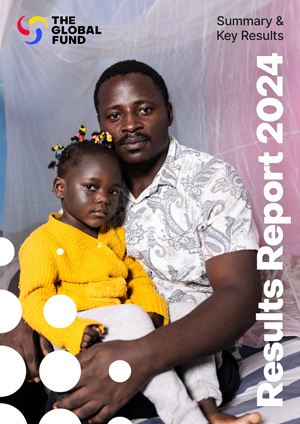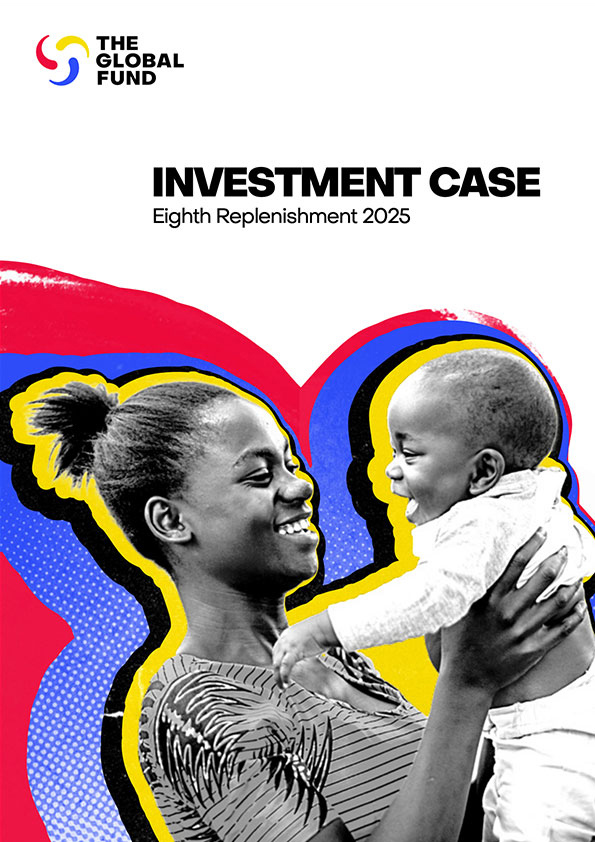The Global Fund welcomes new figures on global AIDS pandemic
20 November 2007
Geneva - The Global Fund to Fight AIDS, Tuberculosis and Malaria welcomes the new estimates of the global AIDS pandemic in the 2007 AIDS Epidemic Update report published by the Joint United Nations Programme on HIV/AIDS (UNAIDS) and the World Health Organization (WHO) today.
"The better and more reliable the data is, the better we can fight the pandemic," said Dr Michel Kazatchkine, Executive Director of The Global Fund. "It is heartening that the new data not only shows that fewer people have been infected by HIV than earlier anticipated, but also that the growth of the epidemic is leveling off in many areas. While the causes for this positive trend are many, there are indications that the growing investment in prevention and treatment are bearing fruits."
The new data shows that in 2007 approximately 33.2 million people were estimated to be living with HIV. This is a reduction from last years' figures of 39.5 million and is caused primarily by UNAIDS' and WHO's most comprehensive review of methodologies and monitoring systems since 2001. Over these years, the information from countries has improved substantially, including national household surveys in more than 30 countries, mostly in Africa. The report also estimates that 2.5 million people became newly infected and 2.1 million people died of AIDS in 2007.
While the new data are likely to lead to some adjustment in UNAIDS' global resource needs estimate, it will not affect Global Fund resource needs. The Global Fund resource needs estimate of US$12 - 18 billion for 2008 - 2010 for existing and new AIDS, TB and malaria programs is based on projections of countries' expressed demand for funding for concrete programs - not on the global resource needs estimates published by UNAIDS.
Even the most conservative estimates of needs by far outstrip available resources worldwide, and although only a part of the global need so far has been turned into demand for fundable programs, global resources to fight AIDS are not yet sufficient to fund this demand.
The UNAIDS/WHO report shows that reductions in new infections among young people in a number of countries and the reduction in deaths from AIDS globally can to a large part be attributed to increased prevention and treatment efforts.
"Since the world began its drastic scale-up of resources to fight AIDS, TB and malaria, we have seen signs that all three diseases can be controlled," said Dr Kazatchkine. "If we continue to invest substantial amounts, we may be able to achieve the world's Millennium Development Goals by 2015 and we have a good chance to provide our children with a world where these diseases are no longer major health emergencies."
The Global Fund provides nearly a quarter of all international resources to fight AIDS and two thirds of all international resources against TB and malaria.
The Global Fund and the U.S. President's Emergency Plan for AIDS Relief (PEPFAR) together support programs that in June this year provided treatment to more than 1.5 million people in addition to financing prevention efforts in more than 100 countries worldwide. Updated treatment numbers will be announced by PEPFAR and the Global Fund on 30th November.







